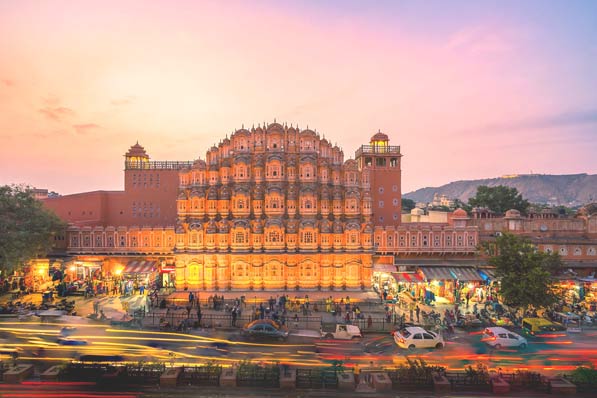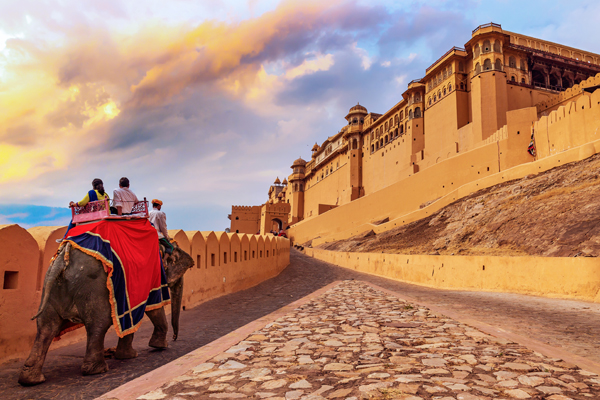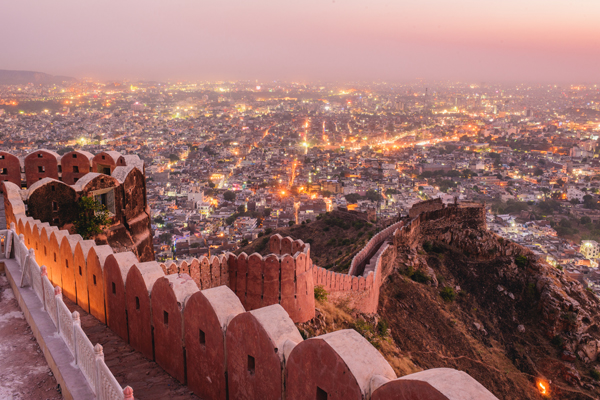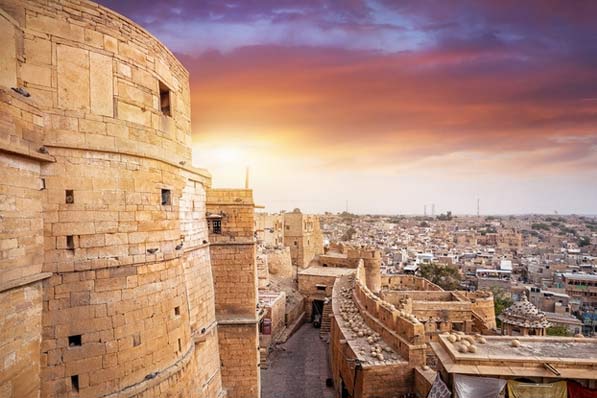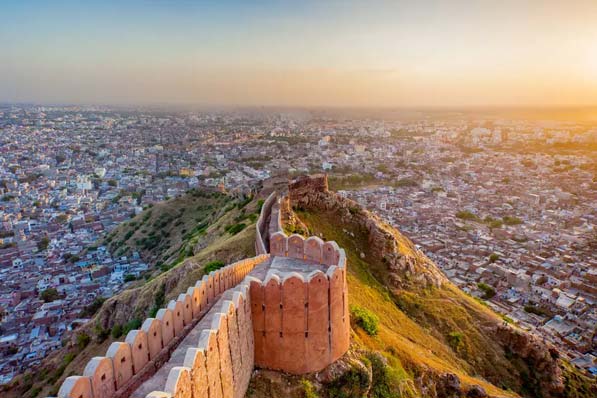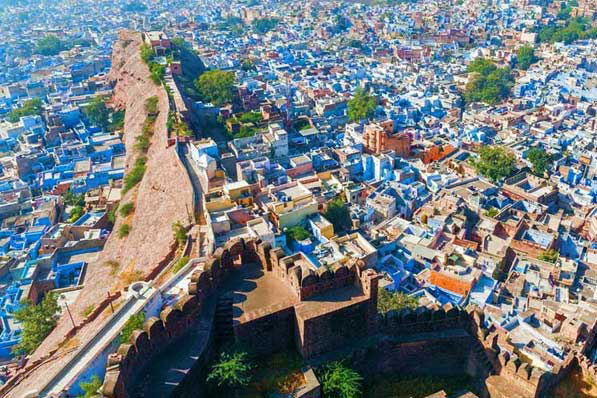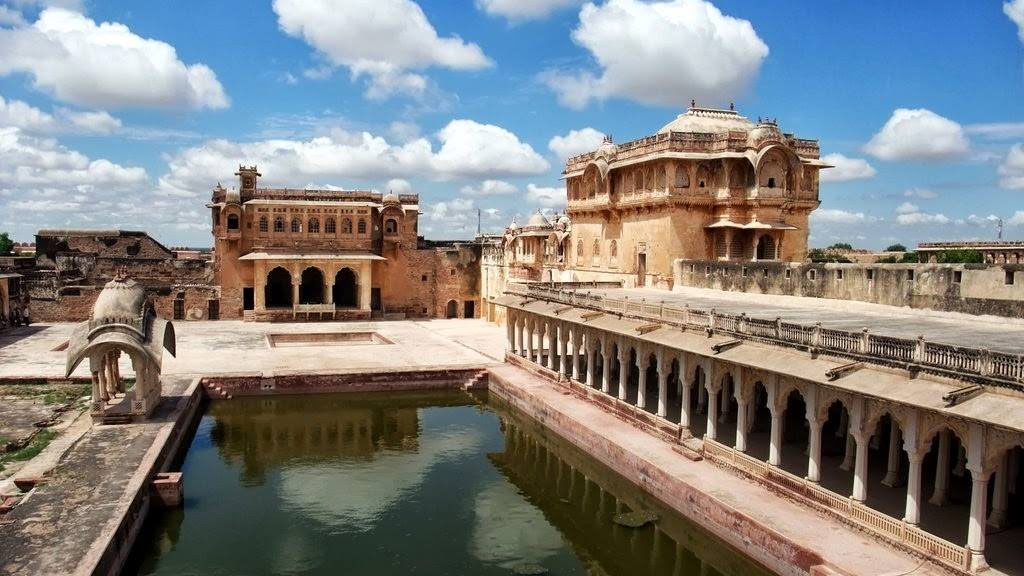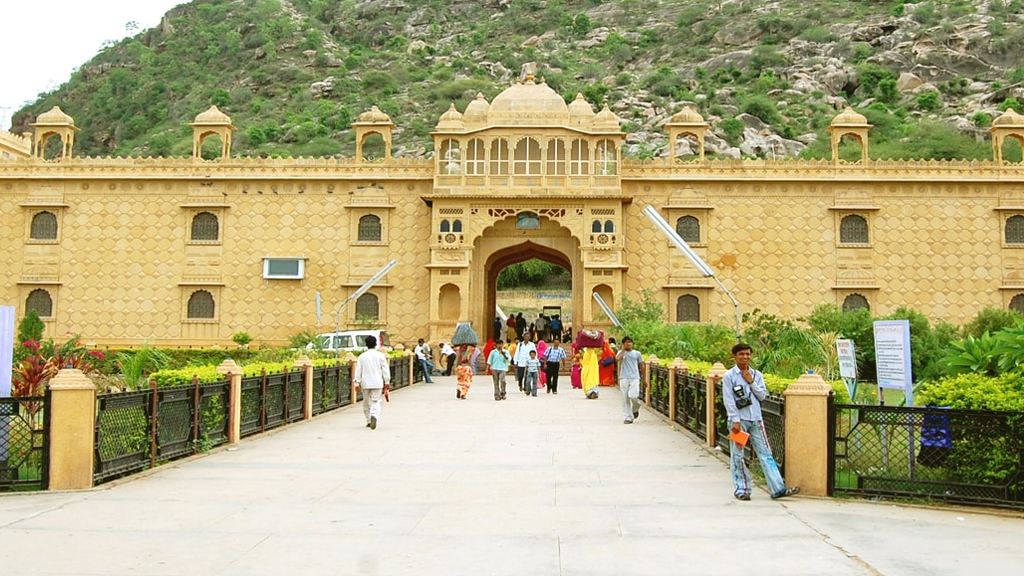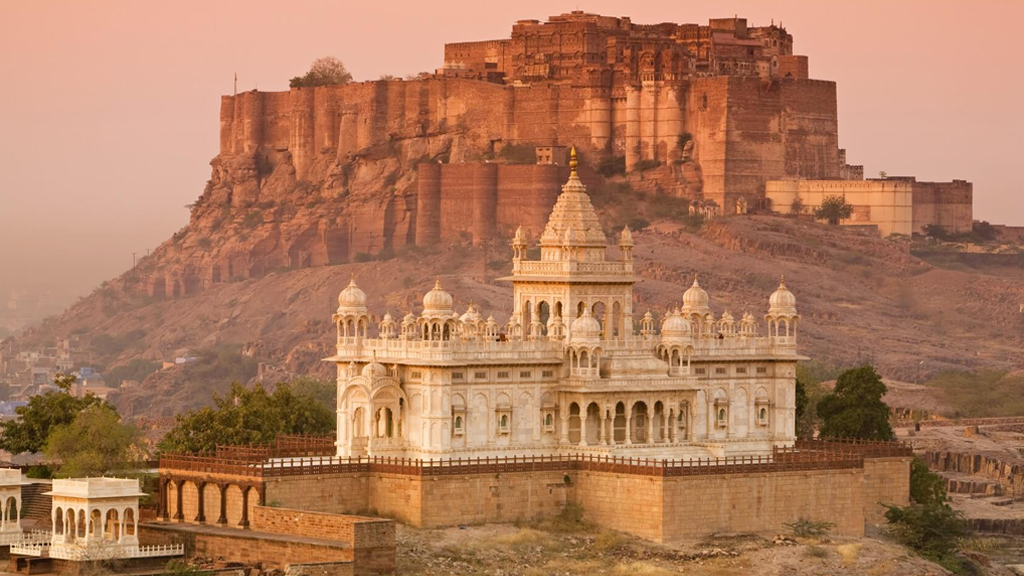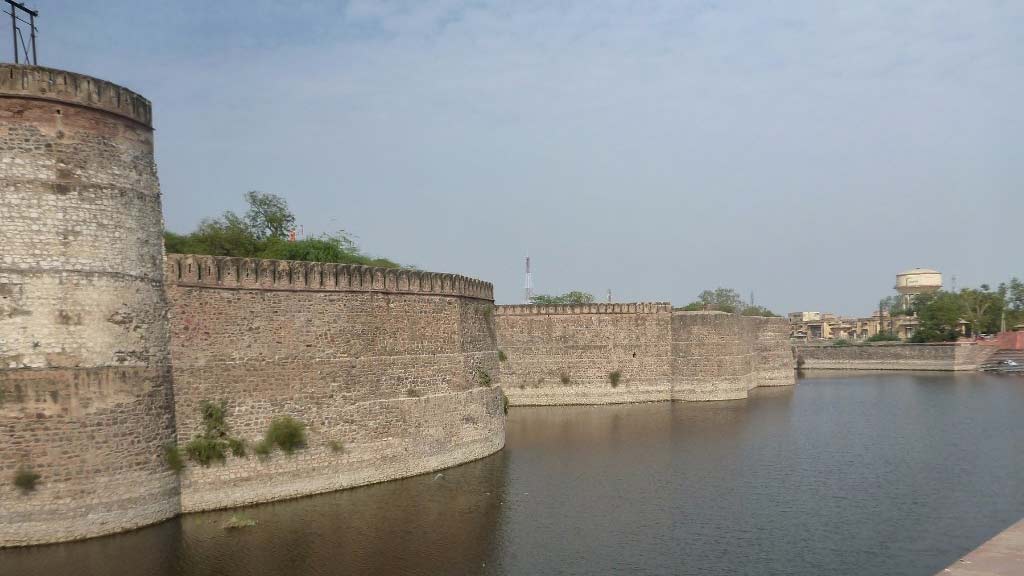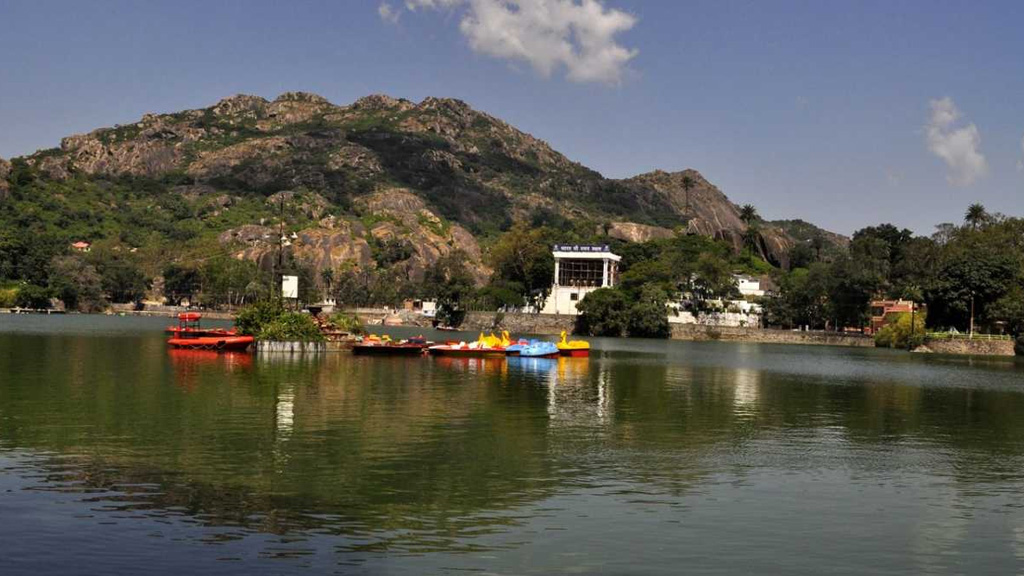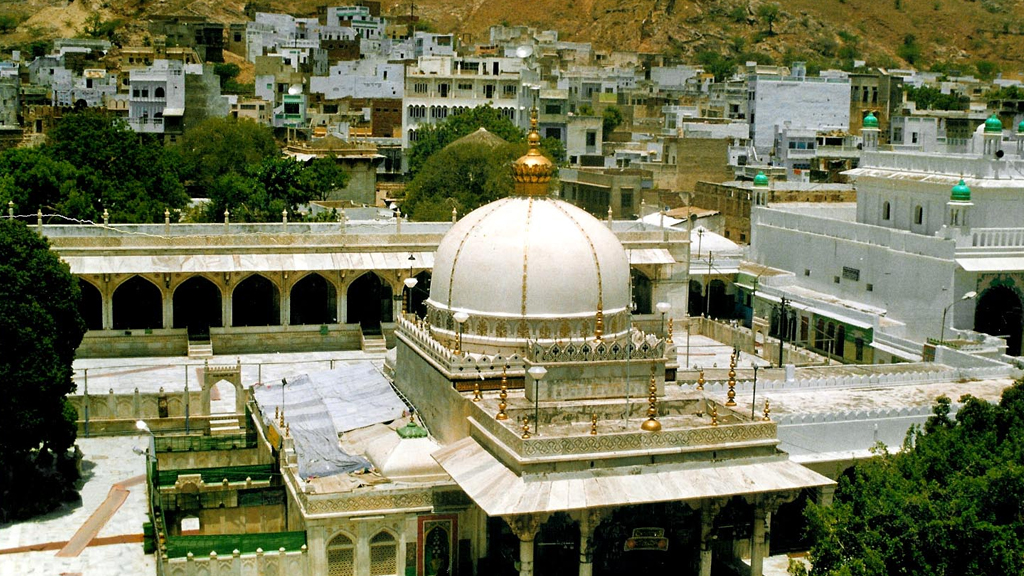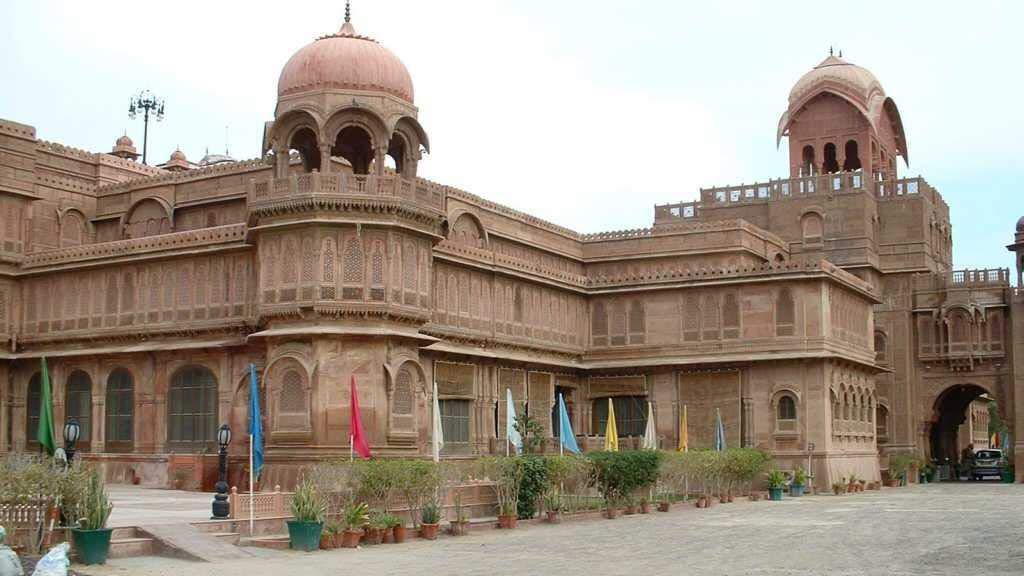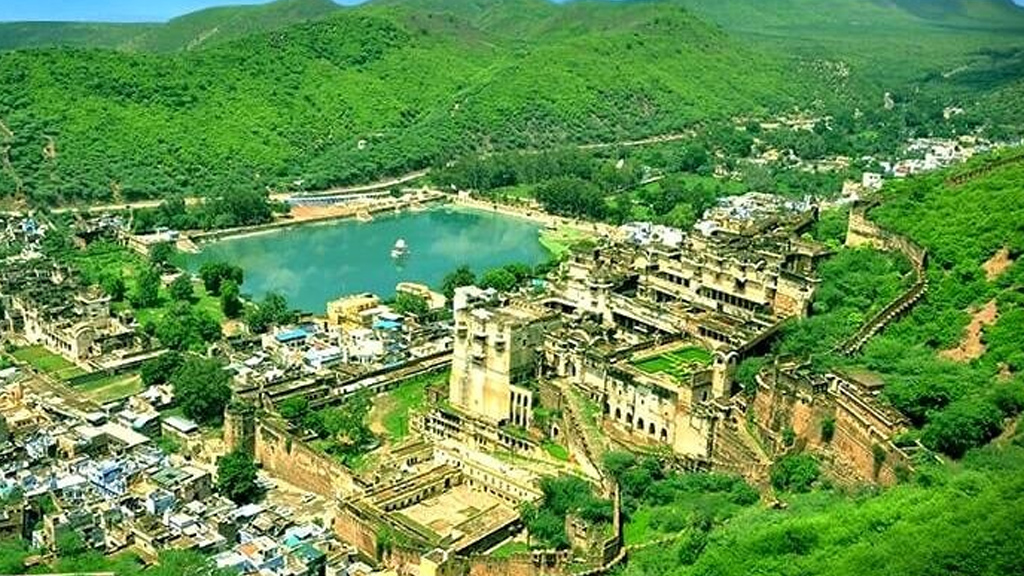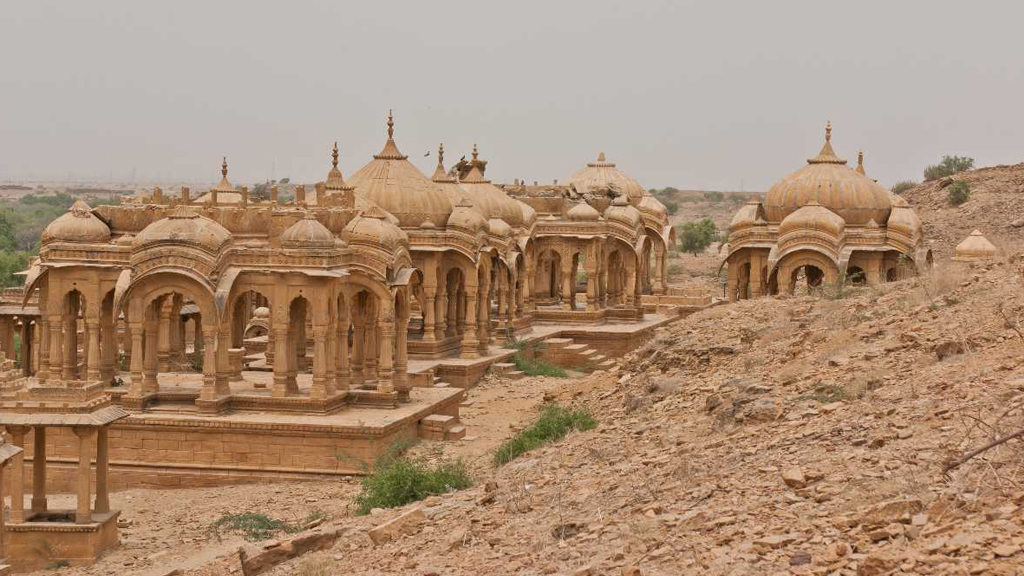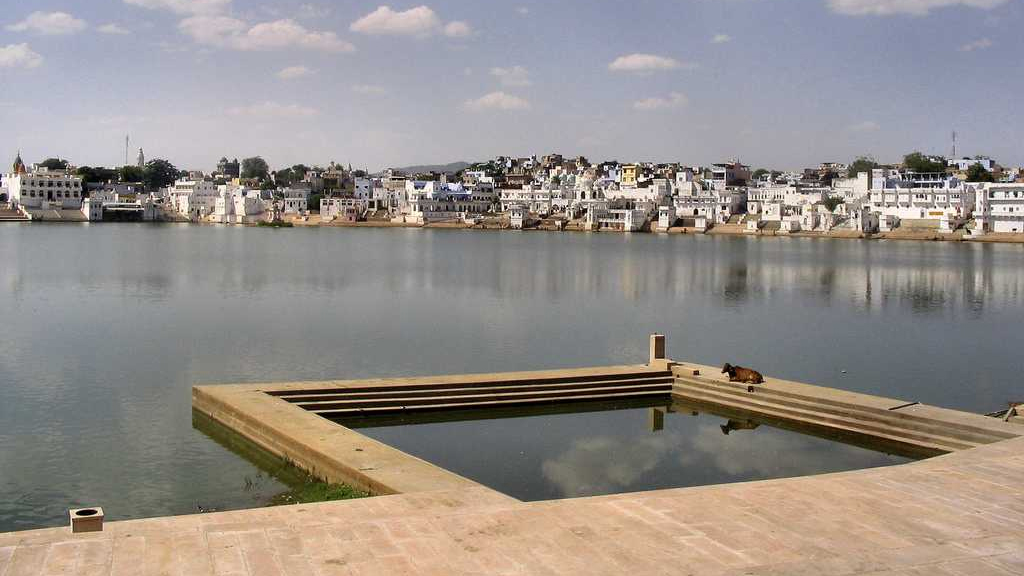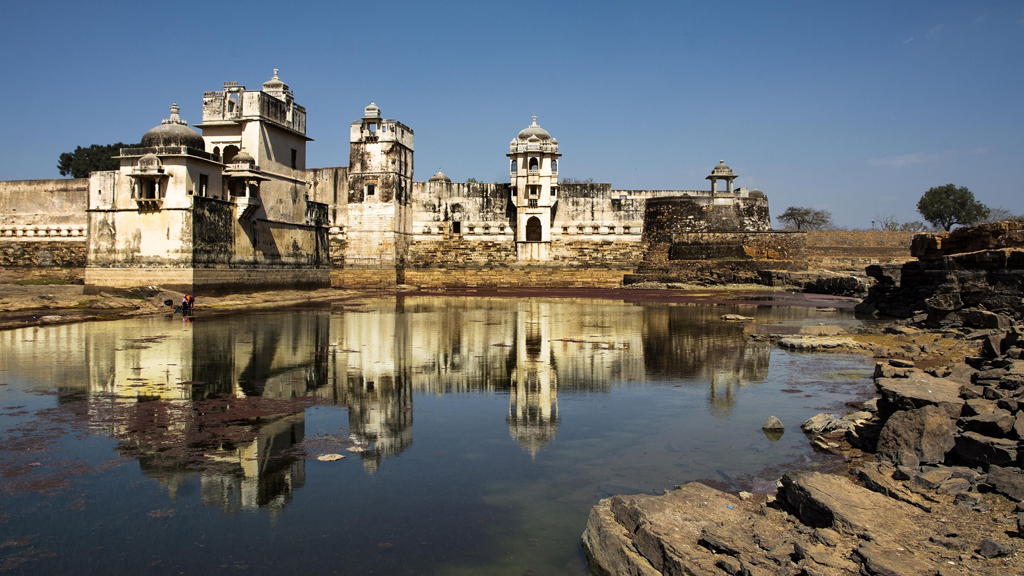Best Time to Visit Ranthambore National Park
The sleepy, railway town of Sawai Modhpur is home to the Ranthambore National Park (RNP), thickly forested land straight out of The Jungle Book. Spread over 1334 sq. km. this wildlife park has it all- steep cliffs, wild jungle, and watering holes teeming with animals.
The main reason people land up at RNP is to try and spot one (or more, if you’re extremely lucky) of the 60 tigers that call this jungle home. The jungle safaris pass through wild country and you’re in for an experience of a lifetime. The national park is part of the Project Tiger initiative that looks to conserve these endangered wild animals. There are over 300 hamlets sprinkled in and around Ranthambore, where villagers have come to terms with sharing the jungle and its resources with the animals.
The best time to visit Ranthambore National Park depends completely on the park’s schedule. The winter season draws a massive footfall since Ranthambore National Park is one of the most popular destinations in Rajasthan. The park is dotted with the ruins of an ancient fort, former royal pavilions and active temples. If you’re a wildlife enthusiast, RNP should be part of your bucket list. The park is closed to visitors from July to September. October to April is the ideal time to spot animals here and bask in the natural beauty.
1Winter in Ranthambore National Park (October to March)
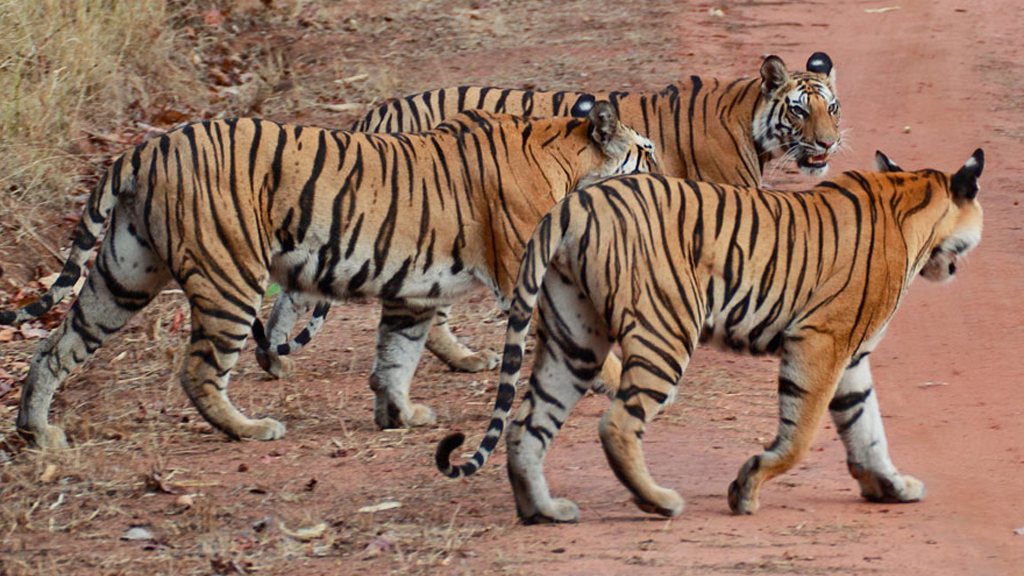
RNP opens its gates to visitors in October and this is a good time to visit before the tourist season kicks into high gear. October is early winter and post-monsoon, making it an ideal time for nature lovers to enjoy the lush greenery of RNP. Also, the weather is moderate. Make sure you carry a light jacket for the morning safaris.
For the month of October, the safari timings are as follows: 6.30 A.M. to 10.00 A.M. & 2.30 P.M. to 6.00 P.M.
Since you’ll be in the midst of jungle country in an open-top jeep, you need to ensure that you carry the right clothing. November to early February is extremely cold during the morning safaris. The days are pleasant and a light cardigan should suffice. The temperature dips again during the evenings and nights.
November to January, the safari timings are as follows: 1st November to 31st January- 7.00 A.M. to 10.30 A.M. & 2.00 P.M. to 5.30 P.M.
Keep in mind, November to March is peak tourist season at Ranthambore National Park. While the chances of spotting tigers and other animals are high, you will have to contend with large safari crowds. The winter months are the best time to visit Ranthambore National Park because the chances of spotting wild animals at the main lakes are high. The temperature during peak winter drops to 10°C and even lower, early in the morning and late at night.
February to March, the safari timings are as follows: 1st February to 31st March- 6.30 A.M. to 10.00 A.M. & 2.30 P.M. to 6.00 P.M.
As you can tell, the safaris take place early in the morning and mid-afternoon to dusk. It is set up in such a way to give you the best opportunity to spot the wild animals roaming freely in their natural habitat.
2Monsoon in Ranthambore National Park (July to September)
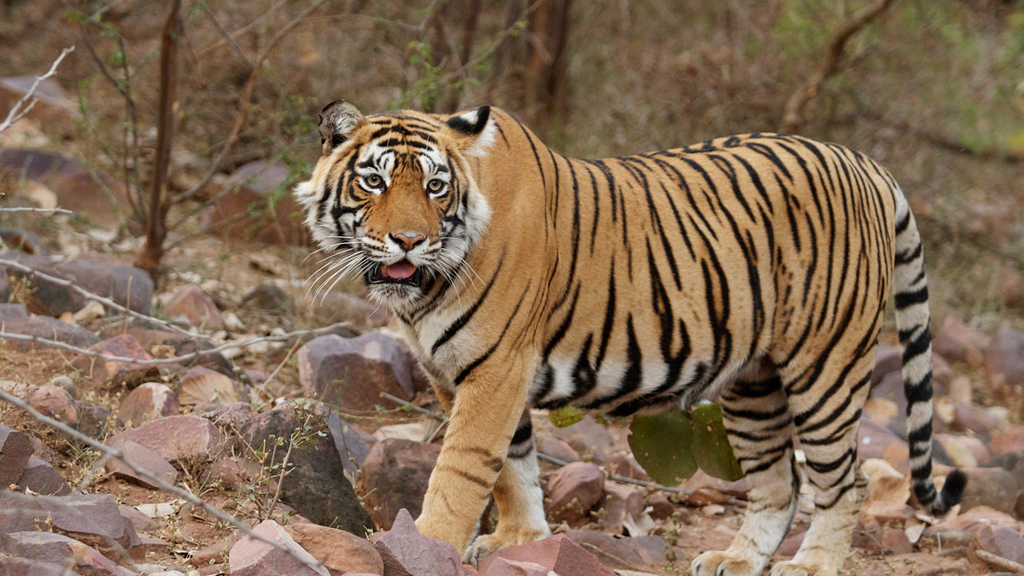
Ranthambore National Park shuts its gates during the monsoon season. From July to September, the animals are left alone because safaris during the rain are treacherous and the humidity is extremely high.
Most of the wildlife sanctuaries in Rajasthan are shut during the brief monsoon season.
3Summer in Ranthambore (April to June)
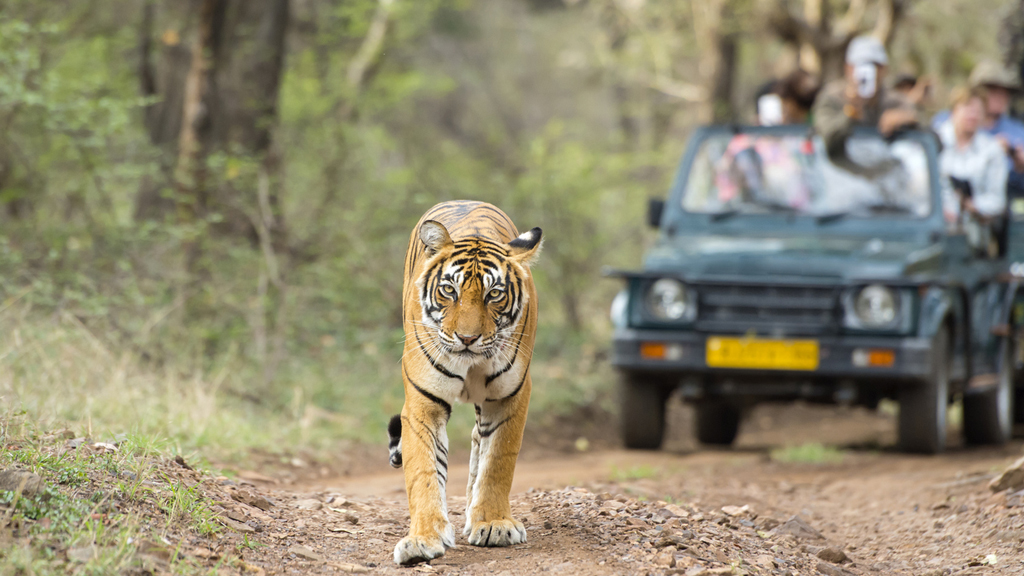
The temperature during the summer months ranges between 35°C and 47°C. While the days are unbearably hot, the safaris take place when the sun isn’t in full force. April is a great time to visit RNP because a number of animals, including the tigers, make their way to the watering holes to quench their thirst. This allows park visitors breath-taking glimpses of wildlife.
April to June, the safari timings are as follows: 1st April to 15th May- 6.00 A.M. to 9.30 A.M. & 3.00 P.M. to 6.30 P.M. 15th May to 30th June- 6.00 A.M. to 9.30 A.M. & 3.30 P.M. to 7.00 P.M.
The best time to visit Ranthambore National Park is during the winter months and April. This gives you an opportunity to spot the elusive big cat, bears, chinkara, panthers, marsh crocodiles, migratory birds, jackals, hyenas, leopards, wolves, nilgai, and many more.






